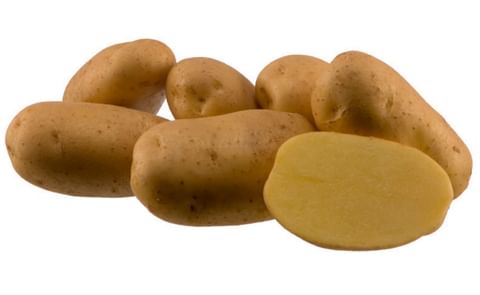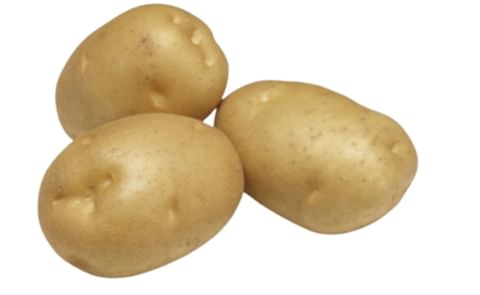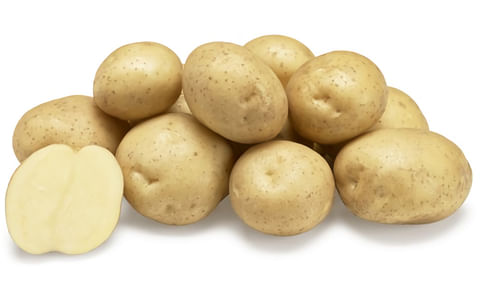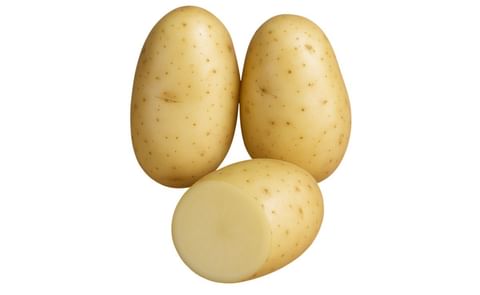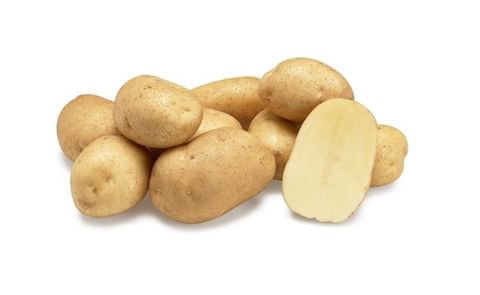Potato cultivation in Iran is a vital component of the nation’s agricultural sector, thriving primarily in the high-altitude valleys and mountain regions, with major production centers located in Hamadan, Ardebil, Isfahan, and the Elburz (Alborz) Mountains, including Ardabil, Zanjan, Gorgan, and extending from Tabriz in the northwest to Mashhad in the northeast, while some scattered production also occurs in the southern lowlands such as Fars, Bandar Abbas, Baluchistan, Khuzestan, and Shiraz.
Iran’s diverse geography and predominantly arid climate, with annual precipitation averaging only 253 mm, necessitate extensive irrigation, historically via the traditional qanat system and increasingly through modern dams and water management projects, although irrigation efficiency remains a challenge.
The potato is favored for its high water-use efficiency, yielding more food per unit of water than other staple crops, and is grown mainly at elevations between 1,000 and 2,000 meters above sea level, where cooler temperatures and Mediterranean-like climates prevail.
Key potato varieties cultivated in Iran include Agria, Marfona, Sante, Savalan, and Diamant, chosen for their adaptability to local conditions, disease resistance, and market demand.
Research, development, and extension services for potato cultivation are led by the Seed and Plant Improvement Institute (SPII) under Iran’s Ministry of Agriculture Jihad, which is responsible for varietal development, seed certification, and dissemination of best practices, while international collaboration and technical support are provided by organizations such as the International Potato Center (CIP) and the Food and Agriculture Organization (FAO).
The potato was introduced to Iran and southern Asia in the late sixteenth or early seventeenth century, most likely by Portuguese mariners, initially regarded more as a botanical curiosity than a staple food due to European ambivalence about its nutritional value. Early historical records are ambiguous because the term "potato" often referred to both potato and sweet potato (Ipomoea batatas), the latter introduced to Asia decades earlier.
The first clear documented introduction of the true potato to Iran occurred in the early nineteenth century when British consul John Malcolm presented it to the Persian royal court, earning the local name "Atuyi Malkam" or "Malcolm’s plum." Though once a minor crop, potato cultivation in Iran has grown in importance amid the country’s severe water crisis—the worst drought in 50 years—highlighting potato’s advantage as a more water-efficient crop compared to traditional staples like wheat, which consumes nearly 90% of Iran’s agricultural water.
Iran’s agricultural sector has historically struggled between food self-sufficiency and food security, with rapid industrialization and misapplied modernization policies in the 20th century leading to increased reliance on food imports.
Agricultural Statistics for iran
Loading...
Consumption Statistics Iran
| Potatoes (Fresh and Processed) , Consumption (Crop Equivalent) in 2021: | 22.54 | kg/capita/year | ℹ | Potatoes (Fresh and Processed) |
| Potatoes (Fresh and Processed) , Consumption (Crop Equivalent) in 2020: | 30.20 | kg/capita/year | ℹ | Potatoes (Fresh and Processed) |
| Potatoes (Fresh and Processed) , Consumption (Crop Equivalent) in 2019: | 31.88 | kg/capita/year | ℹ | Potatoes (Fresh and Processed) |
| Potatoes (Fresh and Processed) , Consumption (Crop Equivalent) in 2018: | 30.36 | kg/capita/year | ℹ | Potatoes (Fresh and Processed) |
| Potatoes (Fresh and Processed) , Consumption (Crop Equivalent) in 2017: | 38.04 | kg/capita/year | ℹ | Potatoes (Fresh and Processed) |
| Potatoes (Fresh and Processed) , Consumption (Crop Equivalent) in 2016: | 50.05 | kg/capita/year | ℹ | Potatoes (Fresh and Processed) |
| Potatoes (Fresh and Processed) , Consumption (Crop Equivalent) in 2015: | 52.92 | kg/capita/year | ℹ | Potatoes (Fresh and Processed) |

